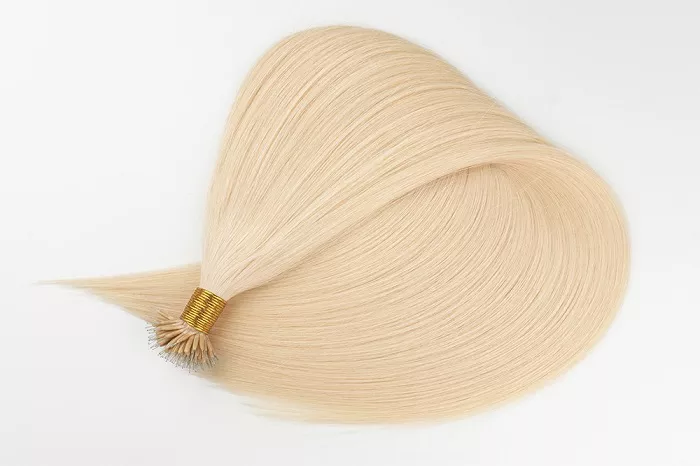The global hair extensions market is on track to more than double in size over the next decade, rising from $2.9 billion in 2021 to $6.3 billion by 2031, according to a new report by Allied Market Research. The study forecasts a robust compound annual growth rate (CAGR) of 8.2% from 2022 through 2031, fueled by increasing hair loss, fashion trends, and growing consumer demand for personal grooming solutions.
Health and Lifestyle Factors Drive Demand
Hair loss—linked to poor nutrition, stress, and lifestyle changes—continues to affect millions globally. Men are particularly impacted by alopecia and pattern baldness, while women often face hair thinning, exacerbated by hormonal changes and aging. These issues have spurred growing demand for non-invasive, cosmetic hair solutions like extensions.
“Hair loss is no longer seen solely as a medical or cosmetic concern—it’s becoming a driver of consumer behavior,” said analysts from Allied Market Research. “As individuals seek fast and fashionable ways to restore volume and length, the hair extensions market is benefitting significantly.”
Celebrity Influence and Cultural Acceptance
Once viewed as niche or theatrical, hair extensions are now a mainstream beauty staple. Public endorsements by high-profile celebrities, actresses, and influencers have normalized the use of extensions for everyday styling, encouraging widespread adoption.
This shift in perception, especially among younger consumers, is helping dismantle old stigmas and contributing to growth in both the professional salon and personal use segments.
Market Segmentation: Human Hair Leads
The report segments the hair extensions market by type, fitting method, distribution channel, end use, and region:
By Type:
Human hair extensions held the largest market share in 2021 and are expected to maintain dominance, prized for their natural look and durability.
Synthetic and animal hair extensions are used as more affordable or specialized alternatives.
By Fitting Type:
Clip-in extensions lead the market due to ease of use and consumer preference for non-permanent styling options.
Other popular methods include micro link, tape-in, and glue-in extensions.
By Distribution Channel:
Retail stores accounted for the largest share in 2021, favored for accessibility and wide product selection.
E-commerce continues to grow as online shopping becomes more prominent.
By End Use:
The professional segment led the market in 2021, driven by the rise in salon services and expert styling solutions.
Personal/home use is also rising, supported by easy-to-apply products and online tutorials.
Regional Insights: North America in the Lead
North America emerged as the largest regional market in 2021 and is expected to continue leading during the forecast period. Factors contributing to regional dominance include high consumer spending on beauty products, a strong salon industry, and greater awareness of cosmetic hair solutions.
Other growth regions include Asia-Pacific—notably China, Japan, and India—where beauty trends are rapidly evolving, and Europe, where fashion-forward markets are driving adoption.
Competitive Landscape and Challenges
Key players in the market include:
Mayvenn
So Cap USA
Shake-N-Go, Inc.
Hairdreams Haarhandels GmbH
Beauty Industry Group Inc.
Balmain Hair Couture
Perfect Locks LLC, among others.
While major brands continue to innovate, the industry is seeing increased competition from emerging local and online-only vendors. The report notes that intense competition and market fragmentation could challenge revenue growth for established players.
Analyst Outlook
According to company executives and industry analysts, the hair extensions market is evolving rapidly, shaped by shifting beauty ideals, health trends, and consumer expectations.
“High-end grooming products and colored extensions are becoming more popular, especially among artists and entertainers,” the report notes. “Brands that cater to fast fashion and self-expression will likely find the greatest success.”
However, analysts caution that oversaturation and quality inconsistency could pose risks, especially as new entrants crowd the space seeking a share of the booming demand.
Bottom line: With increasing social acceptance, technological innovation, and beauty industry integration, hair extensions are moving from cosmetic accessory to mainstream necessity. As consumers continue to seek versatile, low-commitment ways to manage hair loss and enhance appearance, the market is set for strong growth well into the next decade.
Related topics:
- Female Veterans Reclaim Confidence Through Hair Restoration at Bay Area Center
- Dermatologist Emphasizes the Importance of Scalp Care in Skincare Routine
- Report Raises Concerns Over Cancer-Causing Chemicals in Braiding Hair Products


